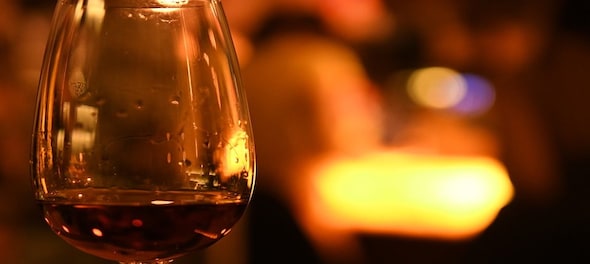
In the early 2000s, it was Japanese whisky. Then came vodka, and that was followed by gin. Now, it appears as though rum is finally getting its due. For all you know, it might be a false dawn, but we, lovers of fine rum, will take what we get. According to the likes of Bloomberg and yet more focused purveyors of the drinking scene, ‘gin fatigue’ has set in the west, and curiosity about, and acceptance of, rum is on the rise. This is fuelled in part by its affordability as well as its geniality (it is, after all a highly mixable spirit).
But this piece is not about rum, usually white, that go into cocktails such as the daiquiri. Instead, it seeks to extoll the virtues of several fine varieties of dark rum that can be, and deserved to be, sipped on their own. Like this Santa Teresa 1796 rum that I was gifted recently and which I’m imbibing — with only a splash of water — as I write this piece. Santa Teresa is a rich, dense, smooth molasses-based rum. (The other type, rhum agricole, is made from fermenting cane juice, and is popular in the French Caribbean islands).
It’s got bold flavours, probably tastes like a resplendent summer evening in Venezuela, where it is made, and as a rum aficionado, I’d like to see it in more people’s hands this winter. Mumbai-based fine spirits curator Keshav Prakash thinks that will happen, though gradually.
Discovery behaviour
“Global trends hit India at least three to four years after they take root in the west. But certainly, the young consumer has started to exhibit, what I would call, ‘discovery behaviour’, and one of the beneficiaries of that could be the ultra-premium category of dark rums, especially spirits that contain no sugar additives or colouring.” Plus, says Prakash, rum has a story behind it as compelling as whisky. “Some of the distilleries in the Caribbean have a storied history. Rum, of course, fuelled the slave trade, and is, after all, among sugar production’s bitter legacies.”
Sukhinder Singh, who runs London-based The Whisky Exchange, the world’s biggest online drinks retailer, is not so sure about whether a ‘gin fatigue’ has set in. “There probably are too many brands out there right now. Only the best ones will survive, and people could move to rum,” says Singh. The Whisky Exchange recently introduced a classification of rum. “Distilleries add sugar, add colour, caramel, but don’t necessarily provide accurate information. That’s what we are trying to set right,” says Singh.
According to Singh, there is more to rum than whether it is made from molasses or cane juice. “Just take the Caribbean, for instance. You have rums that are a blend of pot still and traditional column still; then you have twin column stills and single column stills. Each of these aspects impact the way a rum tastes.”
Top brands to look for
This writer might love rum, but he is by no means an expert. So, I asked Prakash and Singh to recco fine rum for those who have started to get curious about it. Here, then, are some of the brands to look for.
Doorly’s: Doorlys is among the rums made by Foursquare distillery in Barbados, which is widely acknowledged to be one of the world’s best. “They have several aged rums, but their 14 Year Old is exceptional. If you can’t get Foursquare, get this,” says Singh who also recently launched
Black Tot on The Whisky Exchange. “Black Tot is a blend of three rum-making philosophies from the Caribbean — Barbadian, Jamaican and Guyanese — and I’d like to think, it’s got the best bits from the three countries.”
El Dorado: “The Demerara region in Guyana produces some seriously good rums. The El Dorado 12 YO is among them,” says Prakash. “It’s full-bodied and yet mellow, and has a fantastic finish.” He also rates the Plantation range of rums highly. Plantation, which selects, ages and blends several rums across the Caribbean, is owned by the Cognac, France-based boutique company, Maison Ferrand. “Another of my favourites is Trois Rivieres, from Martinique. If you want to find out more about rhum agricole (the French term for cane juice rum), this is a great way to start.”
Murali K Menon works on content strategy at HaymarketSAC..
Read his columns here.
First Published: Oct 25, 2019 6:00 AM IST
Check out our in-depth Market Coverage, Business News & get real-time Stock Market Updates on CNBC-TV18. Also, Watch our channels CNBC-TV18, CNBC Awaaz and CNBC Bajar Live on-the-go!



